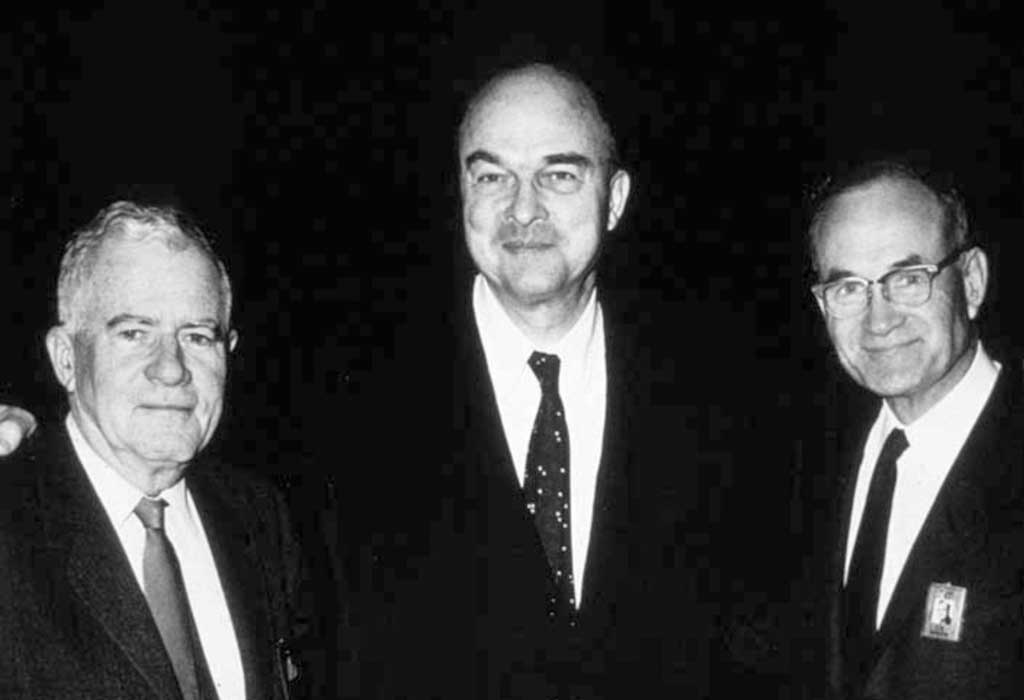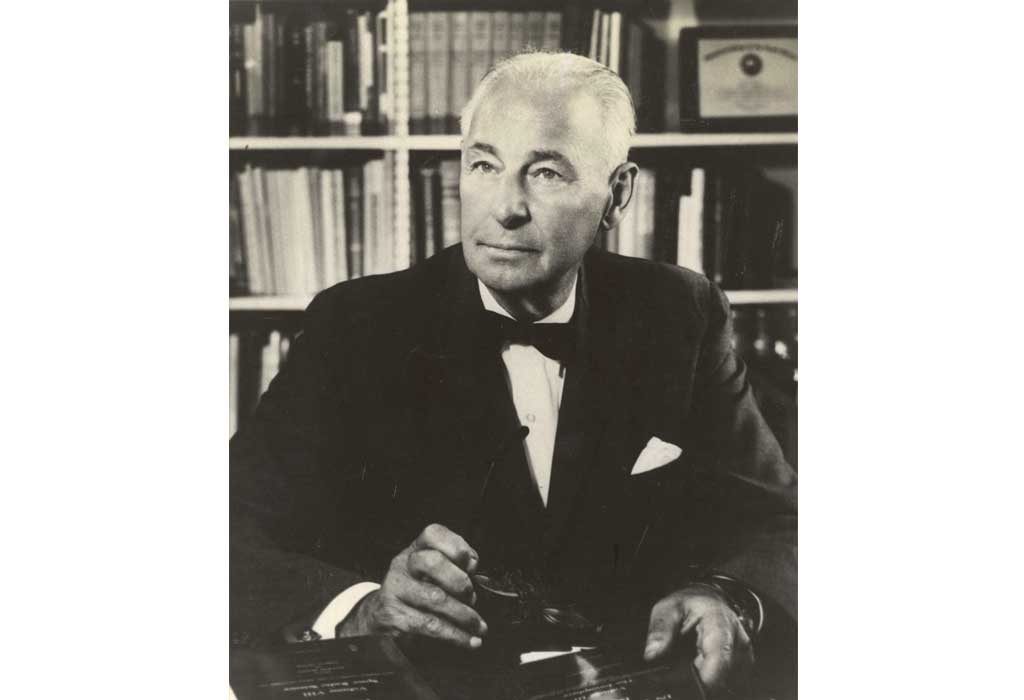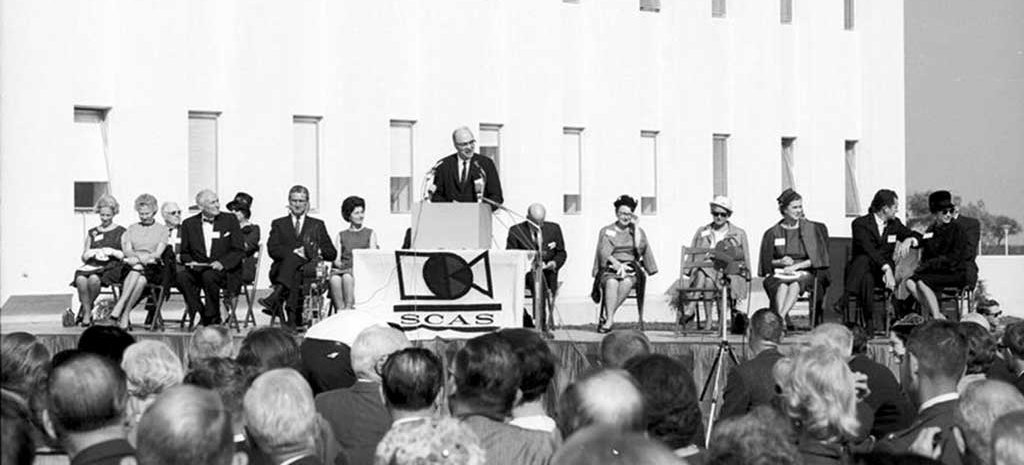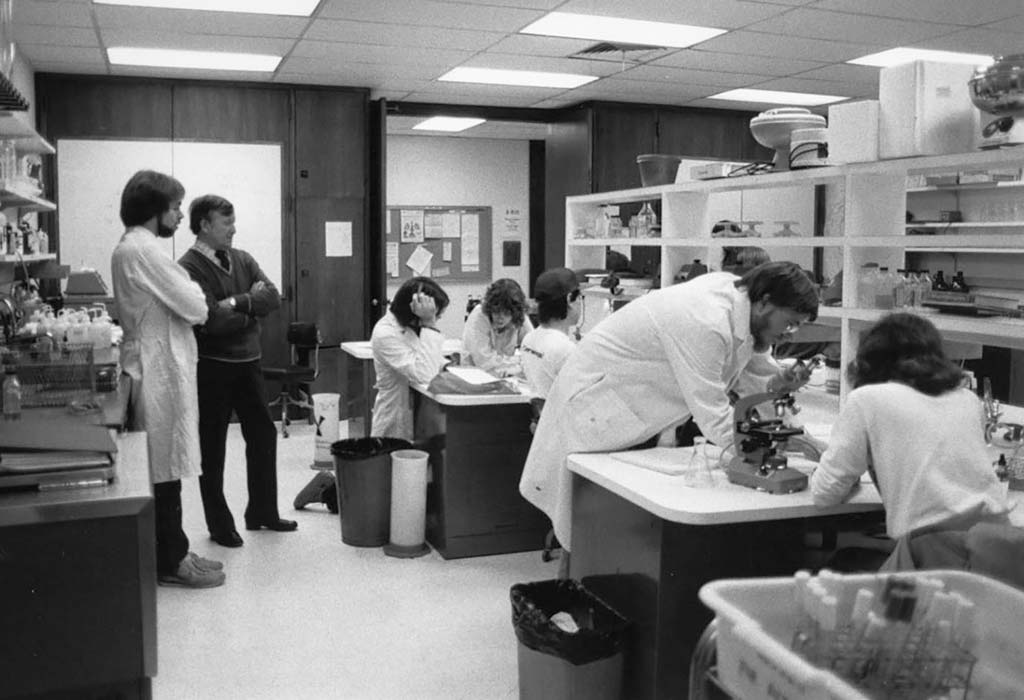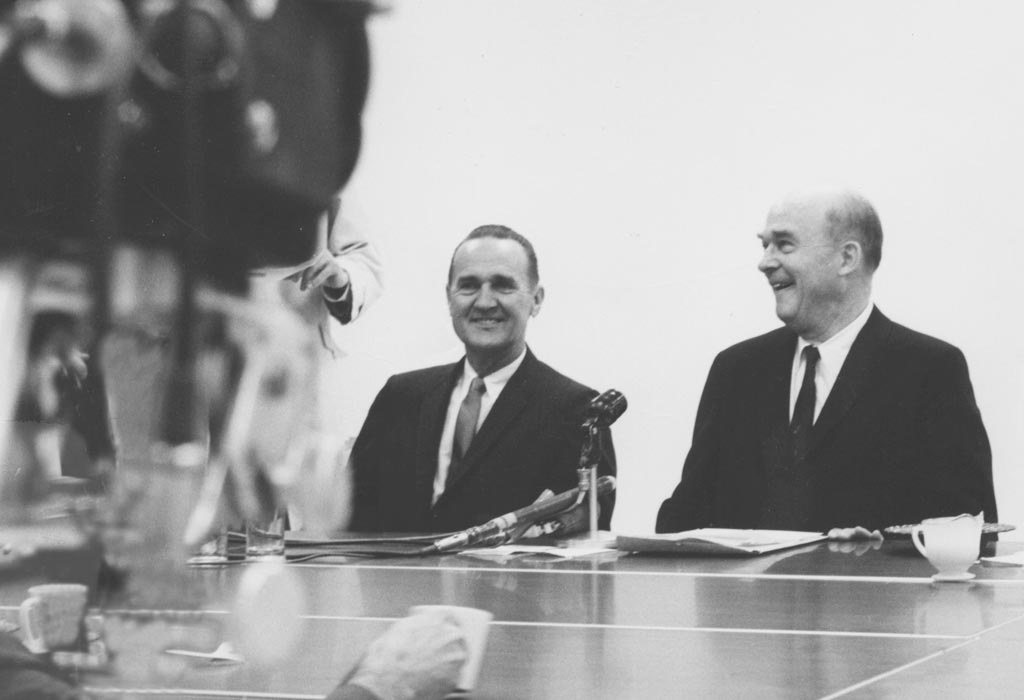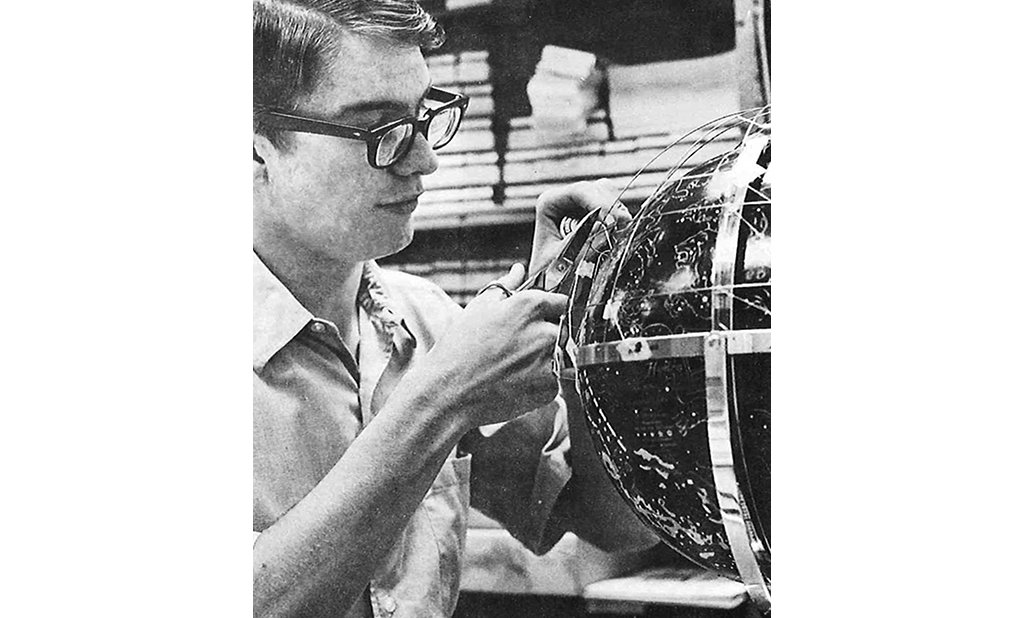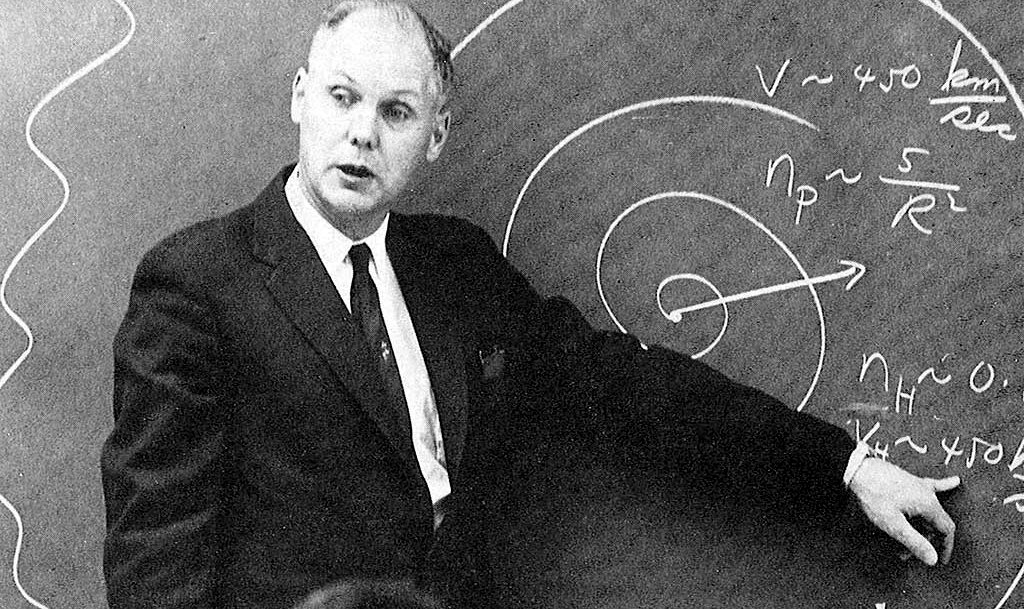1960s
The Graduate Research Center of the Southwest (GRCSW) appoints Lloyd V. Berkner as its first president. The Minnesota-raised engineer and physicist joined the Texas Instruments board in 1957. In 1966, he would go on to earn NASA’s highest civilian award: the Public Service Medal.
The Graduate Research Center of the Southwest (GRCSW) appoints Dr. Francis (Frank) Johnson to lead its atmospheric and space science division. Johnson is joined by William B. Hanson, Dr. Gilbert Plass, Dr. John Hoffman, Dr. Brian Tinsley and Dr. Walter Heikala.
Ivor Robinson, Dr. Istvan Ozsváth and Dr. Wolfgang Rindler join the Graduate Research Center of the Southwest (GRCSW) and form the mathematics and mathematical physics (relativity) division.
On Nov. 22, 1963, President John F. Kennedy was scheduled to deliver a speech at the Dallas Trade Mart. His prepared remarks included a salute to the newly formed GRCSW:
“It is not a coincidence that those communities possessing the best in research and graduate facilities — from MIT to Cal Tech — tend to attract the new and growing industries. I congratulate those of you here in Dallas who have recognized these basic facts through the creation of the unique and forward-looking Graduate Research Center.”
GRCSW faculty Ivor Robinson and Dr. Wolfgang Rindler organize the first Texas Symposium on Relativistic Astrophysics held in Dallas.
Through the generosity of Lena E. Callier, the Callier Hearing and Speech Center opens as a community-based nonprofit housed at Parkland Hospital.
After a year of construction, the Founders Building opens its doors to a crowd of onlookers. Co-founders J. Erik Jonsson, Eugene McDermott and Cecil Green attend, and Jonsson speaks to the crowd. In honor of this extraordinary moment, Comets celebrate Founders Day every Oct. 29.
The Graduate Research Center of the Southwest (GRCSW) appoints Gifford K. Johnson as its second president. He serves until 1969, working closely with Dr. Harry Ransom of the UT System and founder J. Erik Jonsson to establish UT Dallas.
The Anson L. Clark Foundation establishes the Clark Summer Research Program, which provides first-year students with opportunities to join research groups and conduct hands-on experiments.
The 61st Texas Legislative Session passes HB 303, establishing a “state-supported institution of higher education to be known as The University of Texas at Dallas.” Gov. Preston Smith signs the bill, making UTD an official member of The University of Texas System effective September 1969.
